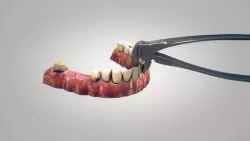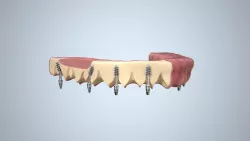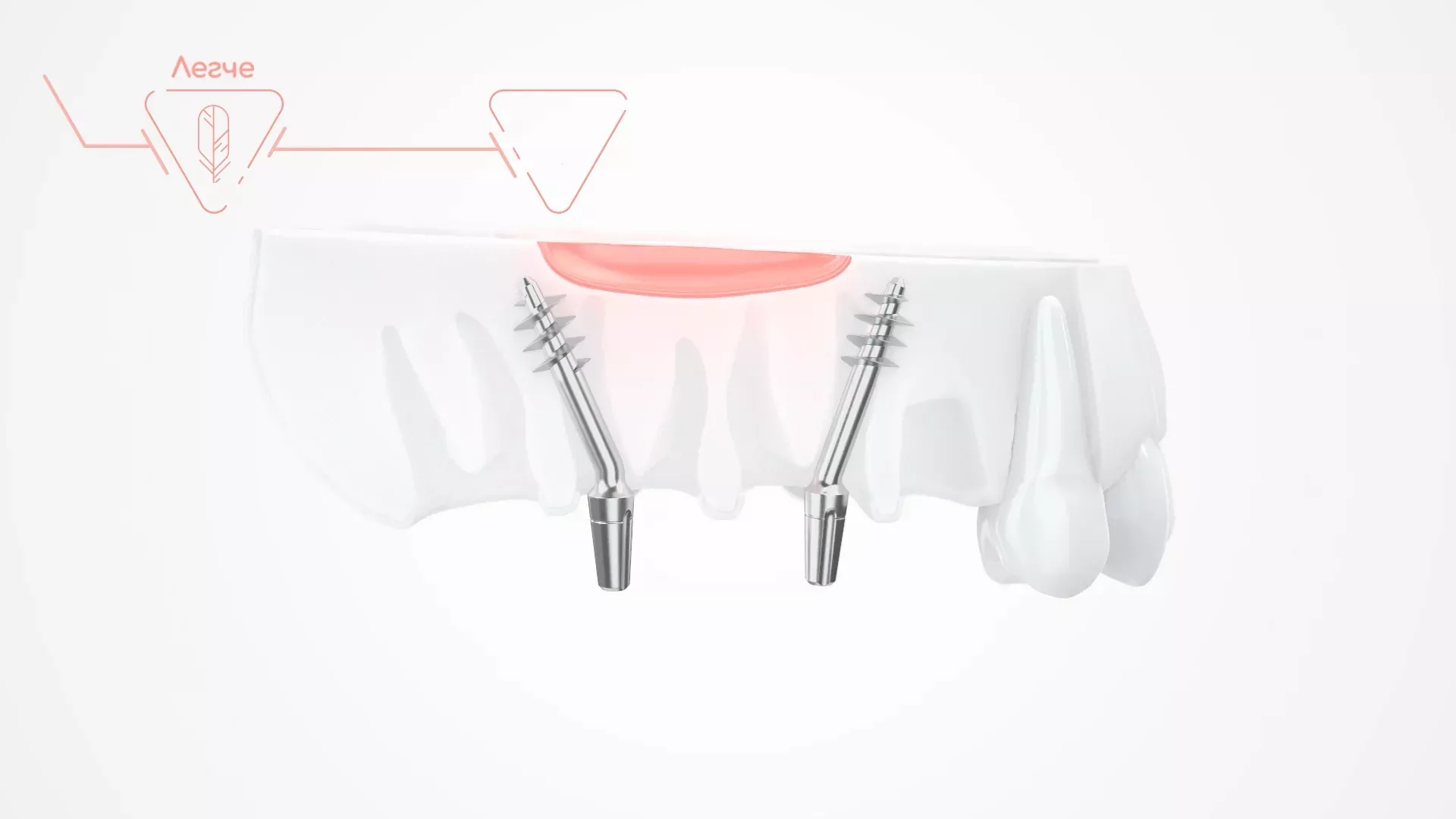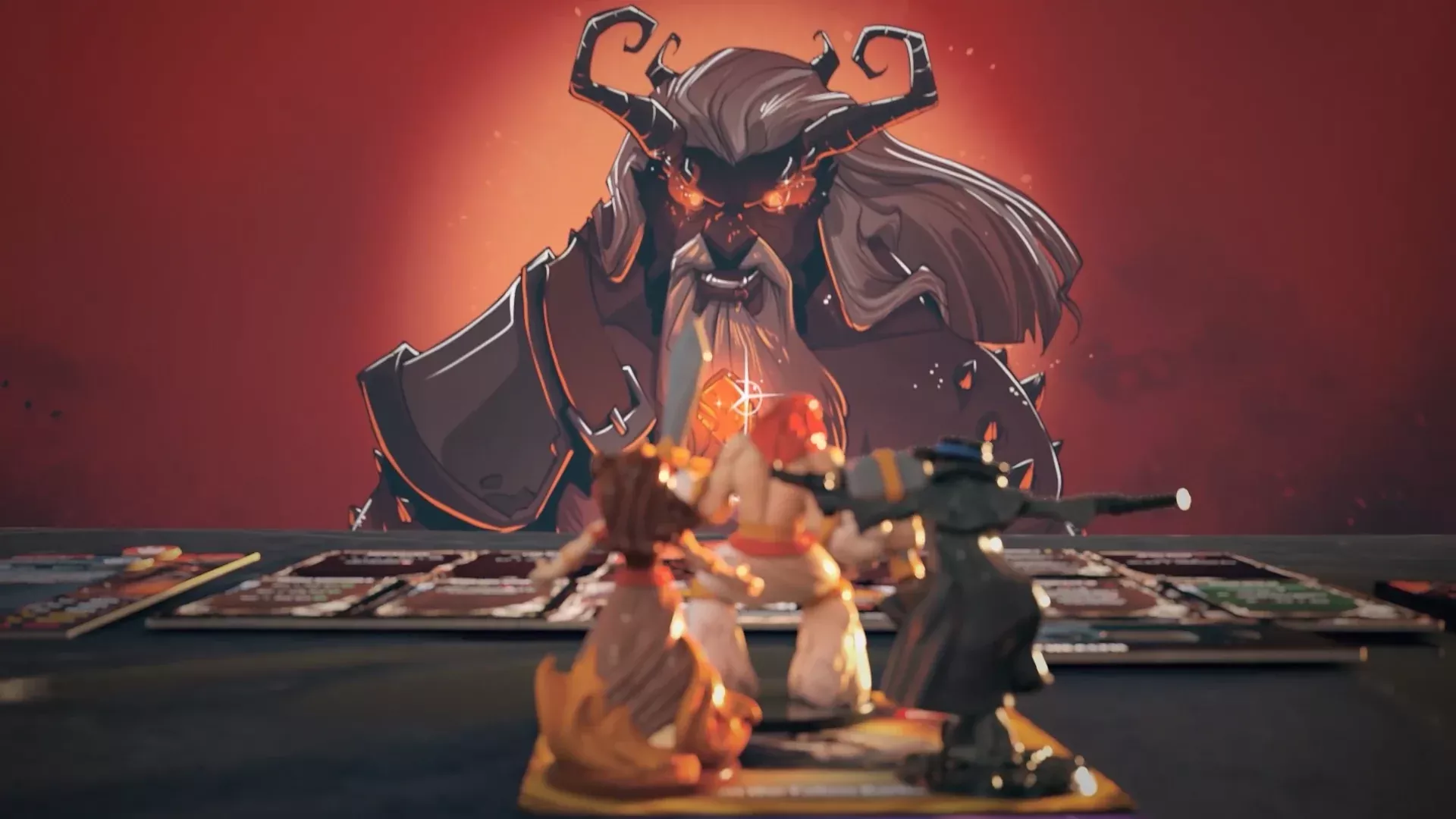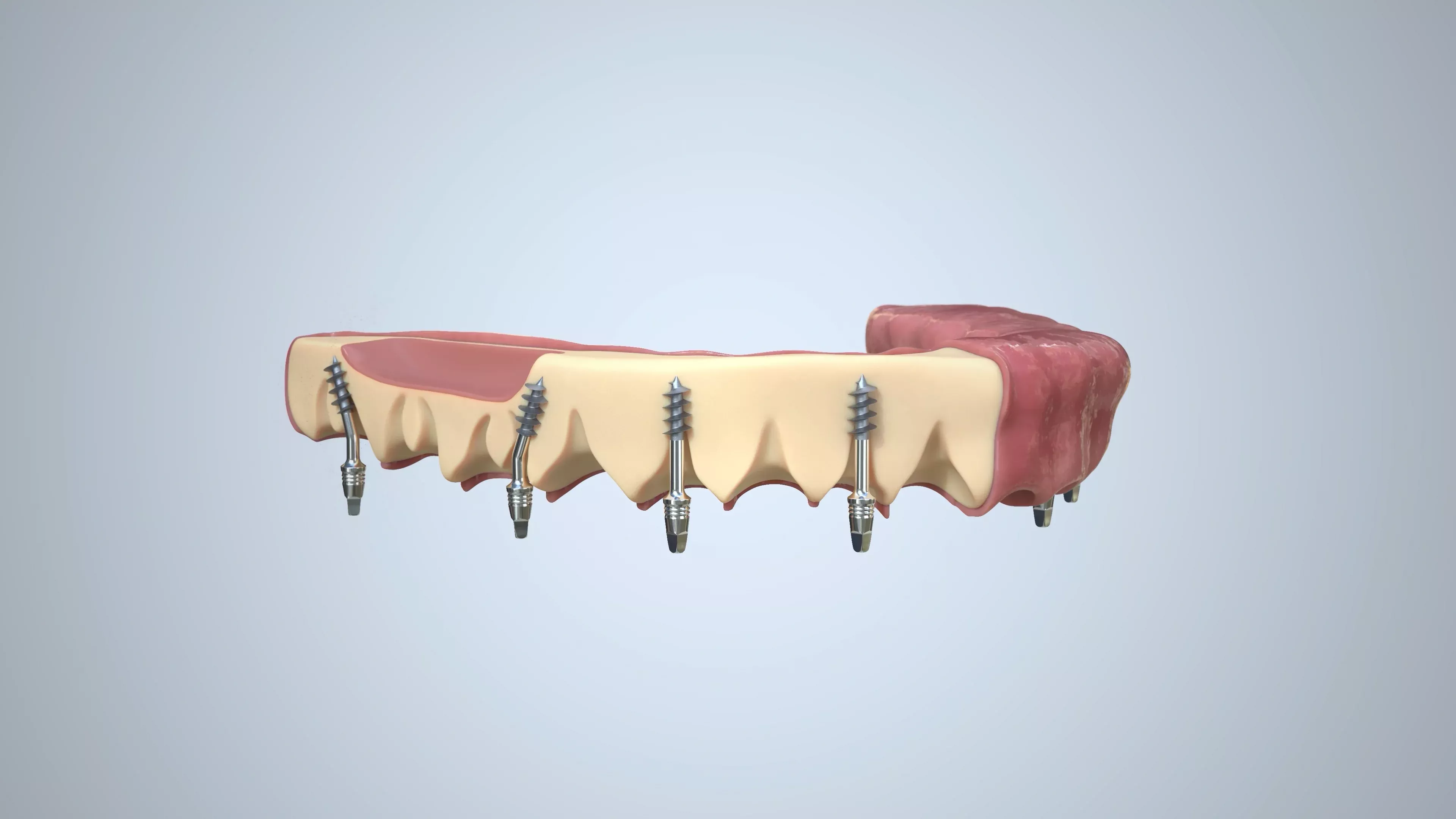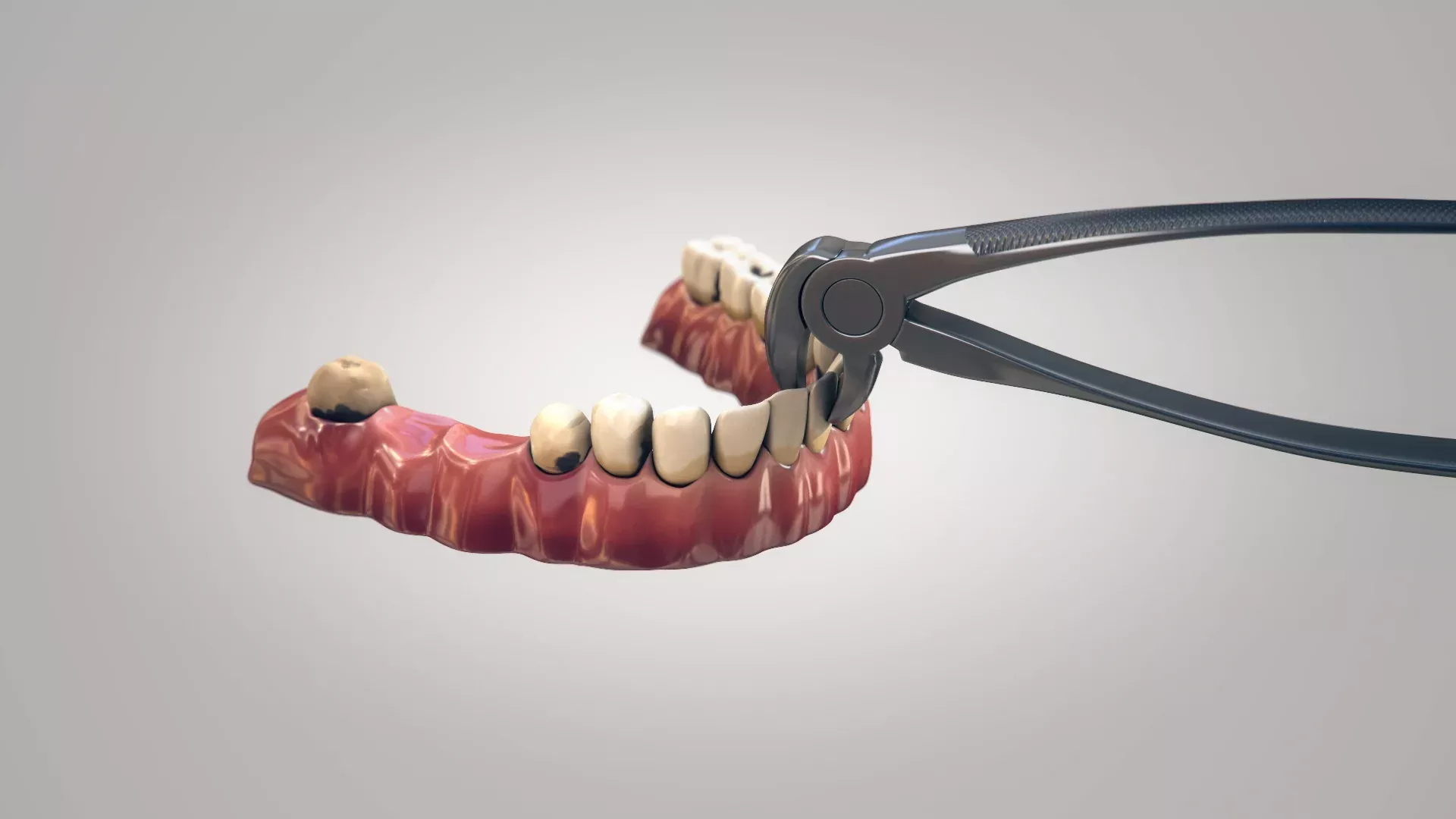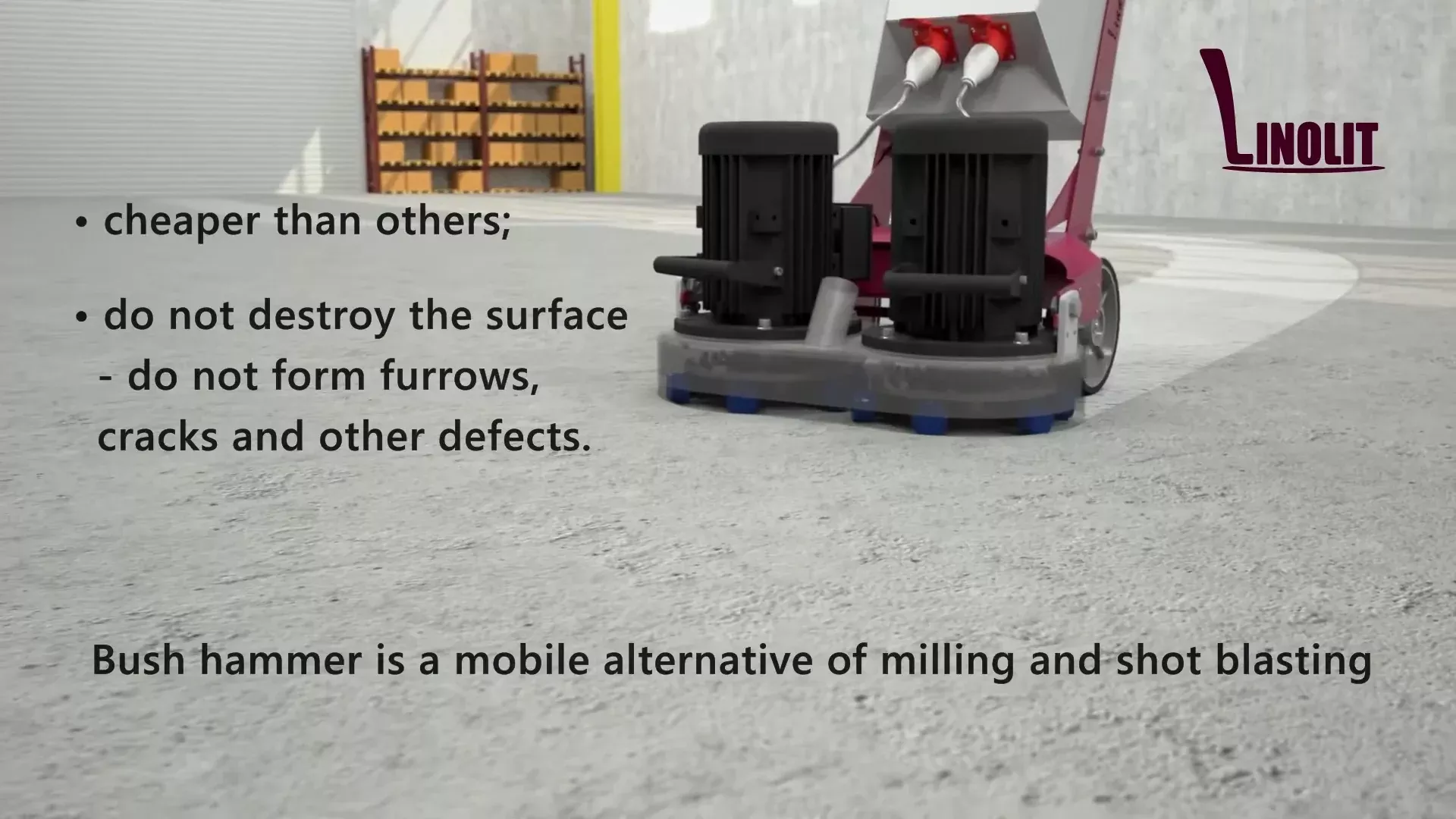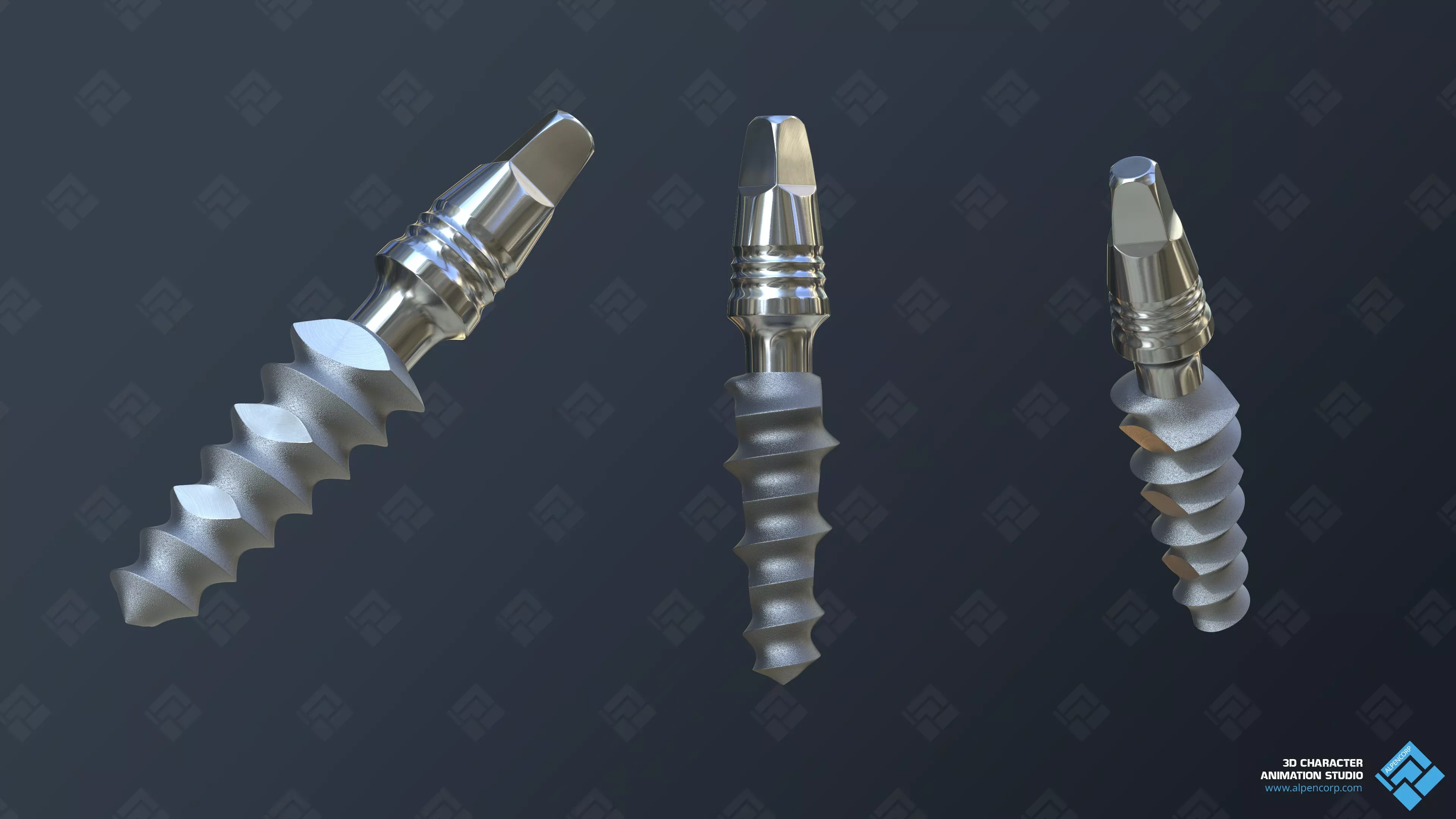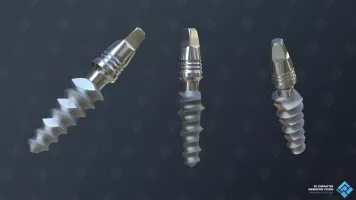3D Dental Video
It was the second 3D animation about medical equipment for the same client and described the advantages of a basal implant , in which our client used such implants for most of his surgeries. The video is an experiment to expand the audience and test some technical terms, after creating the main keywords videos. We needed the only model and a simple infographic, without any complicated scenes, so we spent only four working days on the project.
Related projects to 3D Dental Video
Be informed of video advertisement ways, use it for your business and become the first!
Specifications
-
Complexity:29 WM/SEC
-
Duration:45 SEC
-
Work hours:22 WH
-
Work days:WD
Supposed Price
-
Turn on JS to see the cost.
-
Turn on JS to see the cost.
The current price reflects the increased complexity of the 3D animation compared to this example, due to the continuous advancements in software and hardware.
Breakdown ofthe 3D Dental Video
Research
After the previous videos for all major client offers, it was time to work out the secondary keywords. The goal was to enhance the authority and expertise of the clinic's website domain. If a regular medical 3D animation informed clients about services, here we emphasized only the features of the product. We delved into the implant's specifications and distinctive features. Transparency increases the trust level and expands the audience range to sophisticated clients who prefer to make decisions on their own. Also, we distanced ourselves from the gray mess of offers based solely on epithets like "quality, fast, and cheap." Of course, not all of the clients can make a rational decision, but they are able to see and appreciate a sincere attempt to share the truth.
Writing a Copy for Voiceover
Sometimes our clients send us almost ready-made text for voiceover. This happens if they try to save project time or reduce the final cost. Here was one of the cases where we did not participate in the creation of the text. The text stage takes up nearly 10% of the project, though it affects each small piece without exception. It's vital to create text considering the further steps and this is hard to do with no experience in scripting for 3D animation.
The voiceover's text
Design & Optimization
Idea
The 3D video provides a succinct description of the technical characteristics of the implant. This is achieved through extreme close-up shots highlighting crucial areas that influence the installation process and the patient's experience.
We employed a 3D grid and 2D motion graphics to underscore these aspects. Anticipating muted viewing of the video, we replicated the voiceover text as subtitles.
Palette
- Turquoise for the grid.
- Coral for batteries.
- Dark-gray for text.
- Gradient from white to light-gray for the background.

Materials
- Surface of the ground thread.
- Sections of coils with traces of a milling cutter.
- The ground surface with cutter marks.

Modeling and Texturing
We had a singular model in the scene, prepared meticulously for extreme close-up shots to exhibit the factory marks. 3D renders become more realistic when they aren't overly polished, unlike photographs. The inclusion of defects, dust, dirt, scratches, chromatic aberration, and other traces of amateur photography with a low-cost camera can enhance authenticity. However, this video was about medical equipment, necessitating a clean and aseptic presentation.


